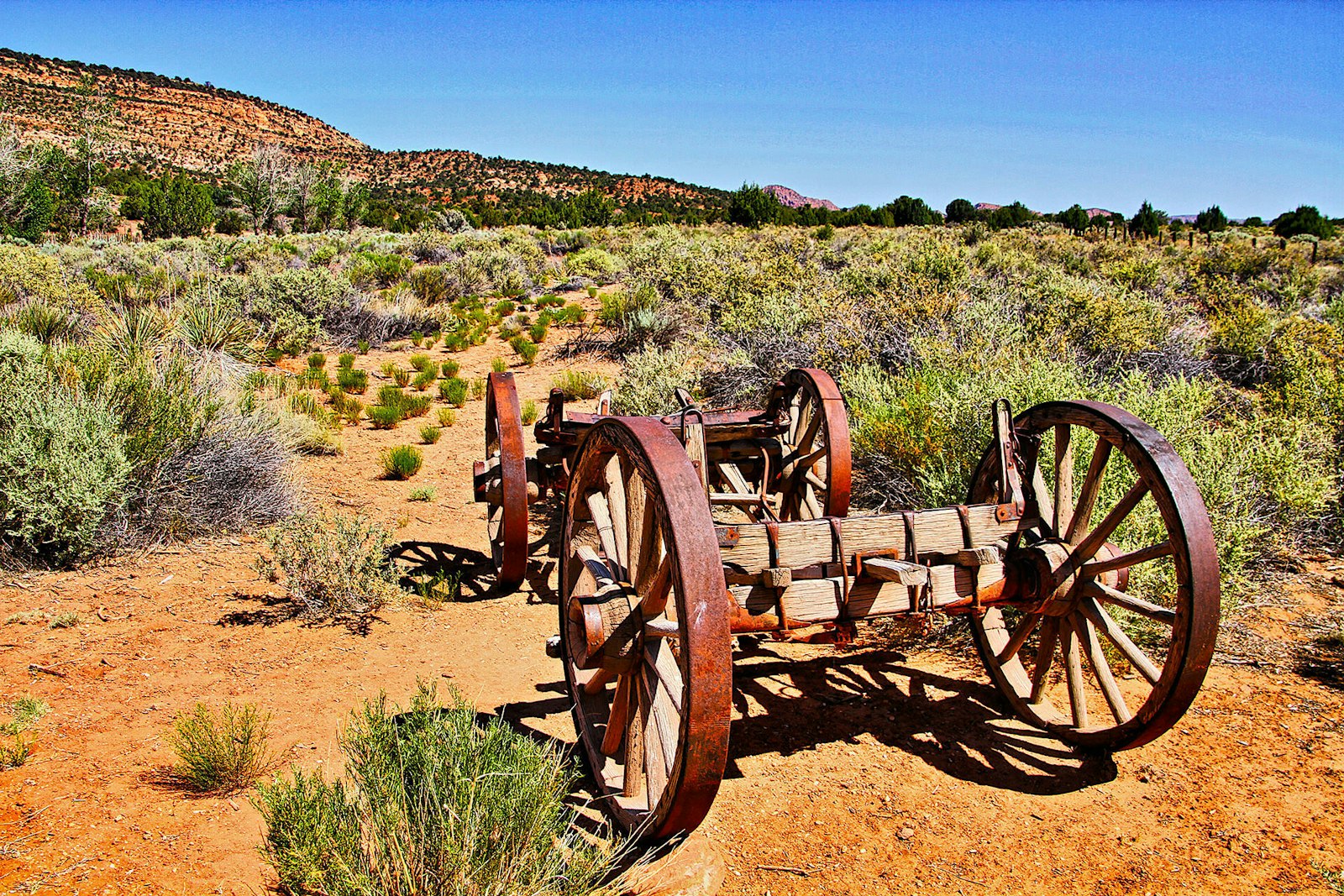
Pipe Spring National Monument
Pipe Spring National Monument serves as a water oasis for American Indians, Mormon ranchers, and includes historic forts, gardens, and a ridge trail.
The water of Pipe Spring has made it possible for plants, animals, and people to live in this dry, desert region. Ancestral Puebloans and Kaibab Paiute Indians gathered grass seeds, hunted animals, and raised crops near the springs for at least 1,000 years. In the 1860s Mormon pioneers brought cattle to the area and by 1872 a fort (Winsor Castle) was built over the mainspring and a large cattle ranching operation was established.
This isolated outpost served as a way station for people traveling across the Arizona Strip, that part of Arizona separated from the rest of the state by the Grand Canyon. It also served as a refuge for polygamist wives during the 1880s and 1890s. Although their way of life was greatly impacted, the Paiute Indians continued to live in the area and by 1907 the Kaibab Paiute Indian Reservation was established, surrounding the privately owned Pipe Spring ranch. In 1923 the Pipe Spring ranch was purchased and set aside as a national monument.
Park Updates
-
UpdateInaugural Cohort of Inclusive Storytelling Grantees Announced